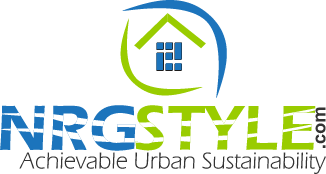Homebuilders are usually categorised into three types: production, semi-custom and custom (Smith 1998; Noguchi 2008). Production builders are organised for high volume construction. They develop several model homes, normally designed on a speculative basis, in response to market demand. The production design (or speculative design) approach allows homebuilders to produce a ready-built home, in which potential buyers can examine the quality and attributes of their new home in a way that blueprints alone cannot achieve—thus, helping to ensure the buyers’ satisfaction. The advantages of speculative design also extend to reducing the lapsed time and cost of construction. The total time to build a standardised house is much shorter than for a one-of-a-kind design since construction staff are familiar with the plans; communications are simplified and material delays less likely to occur as suppliers are able to stock regularly used items. Higher volume work, such as a subdivision housing development, also offers trade contractors advantages in scheduling that result in significant cost savings.
Builders, who apply the semi-custom design approach for their housing development, are often called semi-custom builders since they combine characteristics of ready-built and custom-built homes. Like production builders, they usually work with pre-existing plans or ready-designed model homes; however, they are flexible regarding design changes including those that require engineering and building department approval. As a result, even though customers begin with an existing floor plan, they have enhanced opportunity to modify and customise the interior and exterior finishes, and structure (or volume) of their new home. Starting with an existing plan often helps customers feel confident of ending up with something that will reflect what they need and want. Smith (1998) indicates that revising existing plans is faster, and less costly, than creating a new set of blueprints. However, economies of high-volume work are lost, resulting in higher prices and builders need more time as they are working from unfamiliar plans.
Custom builders start from a blank sheet of paper, or computer screen, to create a completely unique home. Some custom builders establish relationships with one or more independent architects for plan development, while, for others, the builder is also an architect, or has an architect or draftsman on staff—these builders are called "design-build firms." The custom design approach is the optimum way to customise a new home since it creates one-of-a-kind homes corresponding exactly to individual housing requirements (Table 1). However, custom-built homes typically take the longest to complete. Supervising scattered site work, the longer time required to build combined with lost economies of large-volume work leads to the higher prices typical for custom homes (Smith 1998).
Today’s homebuilders are encountering a production gap between the need for product standardisation (or mass production) that helps reduce construction costs and the need for product customisability that satisfies diverse demands of contemporary consumers (Noguchi 2004). Visit the Mass Custom Home website
Information for...
What is ZEMCH



